An organic acid (A), reacts with in the presence of phosphorous to give (B). Compound (B) contains an asymmetric carbon atom and yield (C) on dehydrabromination. Compound (C) does not show geometric isomerism and on decarboxylation give an alkene (D) which on ozonolysis gives (E) and (F), compound (E) gives a positive schiff's test but (F) does not. Give structures of (A) to (F) with reasons.
The correct Answer is:
Topper's Solved these Questions
- ALKENE, ALKANE & ALKYNE Book:ALLENChapter:ALKENE, ALKANE & ALKYNE Exercise:EXCERSISE-1
Explore 25 Videos
- ALKENE, ALKANE & ALKYNE Book:ALLENChapter:ALKENE, ALKANE & ALKYNE Exercise:EXCERSISE-2
Explore 20 Videos
- ALKENE, ALKANE & ALKYNE Book:ALLENChapter:ALKENE, ALKANE & ALKYNE Exercise:EXERCISE-5[A]
Explore 68 Videos
- AIIMS 2019Book:ALLENChapter:AIIMS 2019Exercise:CHEMISTRY
Explore 35 Videos
- ALKYL AND ARYL HALIDEBook:ALLENChapter:ALKYL AND ARYL HALIDEExercise:EXERCISE-05 (B)
Explore 37 Videos
Similar Questions
An organic acid (A), C5H10O2 reacts with Br2 in the presence of phosphorus to give (B). Compound (B) contains an asymmetric carbon atom and yields (C ) on dehydrbomination. Compound (C ) does not show geometric isomerism and on decarboxylation gives on alkene (D) which on ozonolysis gives (E) and (F). Compound (E) gives a positive Schiff's test but (F) does not. Give the structures of (A) to (F) with reasons.
View SolutionAn organic acid (A) (C5H10O2) reacts with Br2 in presence of phosphorus to give (B). Compound (B) contains an asymmetric carbon atom and yields (C). On dehydrohalogention, compound (C) does not show geometric isomersim and on decarboxylation gives an alkene (D) which on ozonlysis isomerism and on decarboxylation gives an alkene (D) which on ozonolysis give (E) and (F). Compound (E) gives a positive Schiff's test but (F) doesn 't. Give structures of (A) to (F) with reasons.
View Solution
Knowledge Check
An organic compound (A) C5H10O2 reacts with Br2 in presence of phosphorus to give (B). Compound (B) contains an asymmetric carbon atom and yields (C) on dehydrobromination compound (C) does not show geometrical isomerism and on decarboxylation gives an alkene (D) which on ozonolysis gives E and F. Compound (E) gives positive Schiff test but (F) does not.
Find out structure of D :A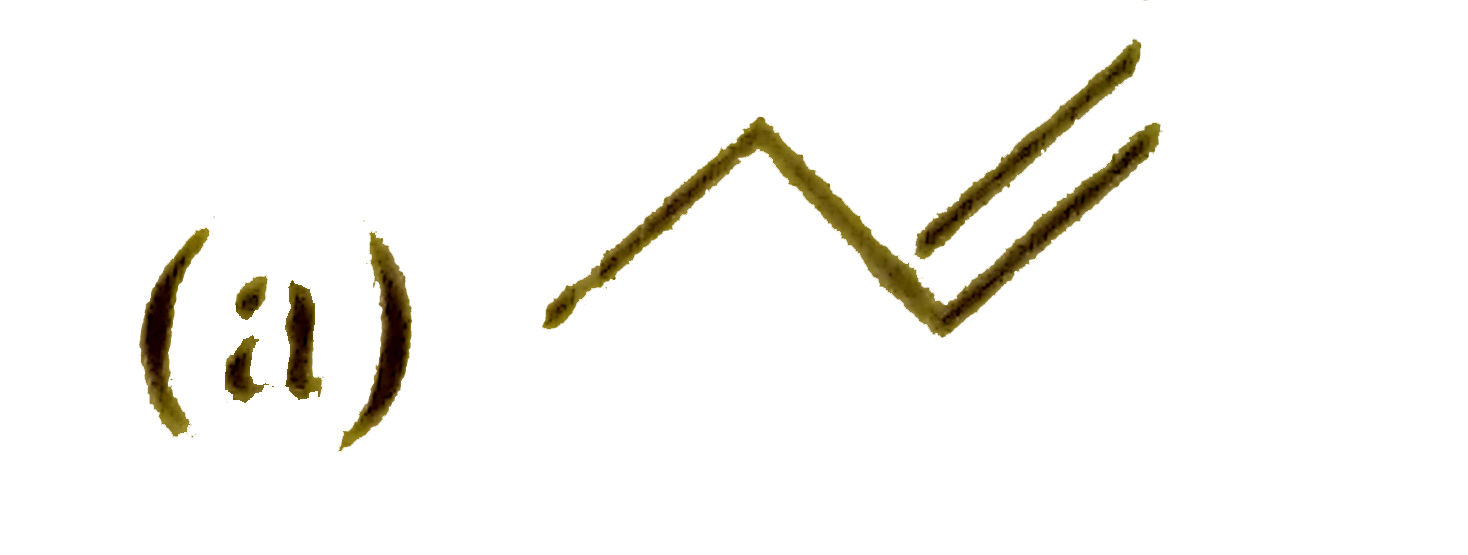 B
B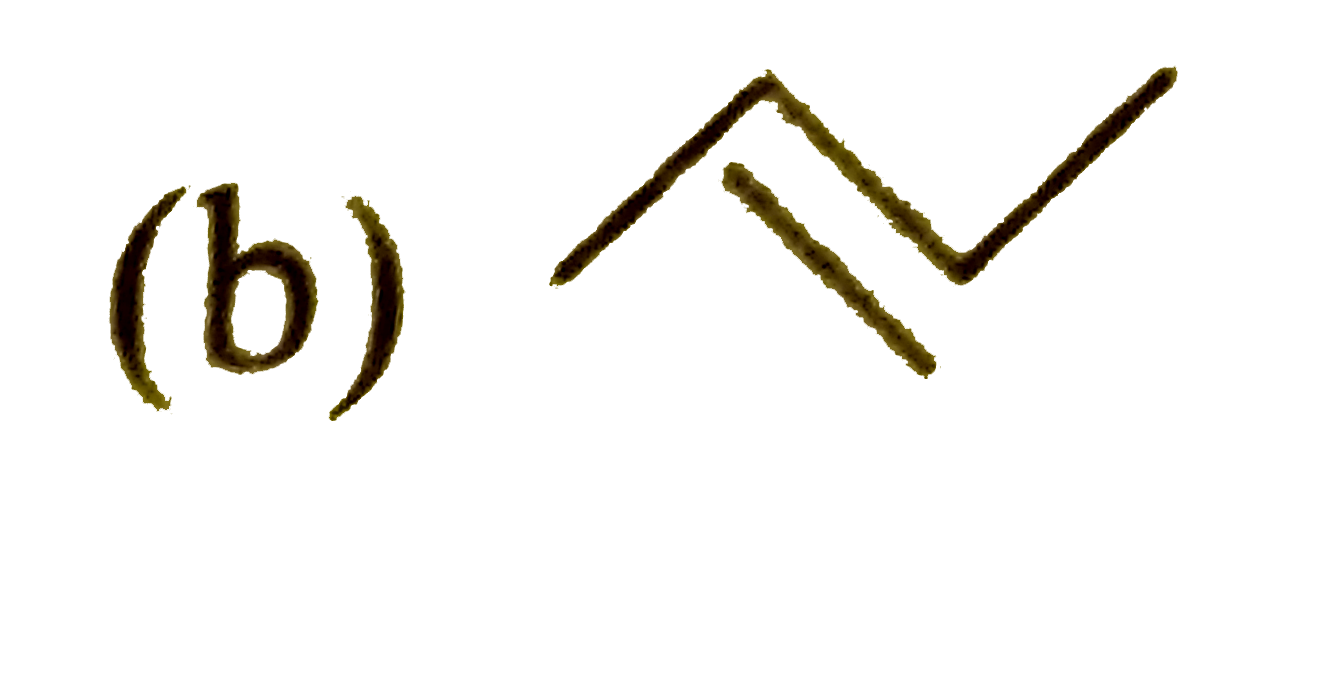 C
C D
D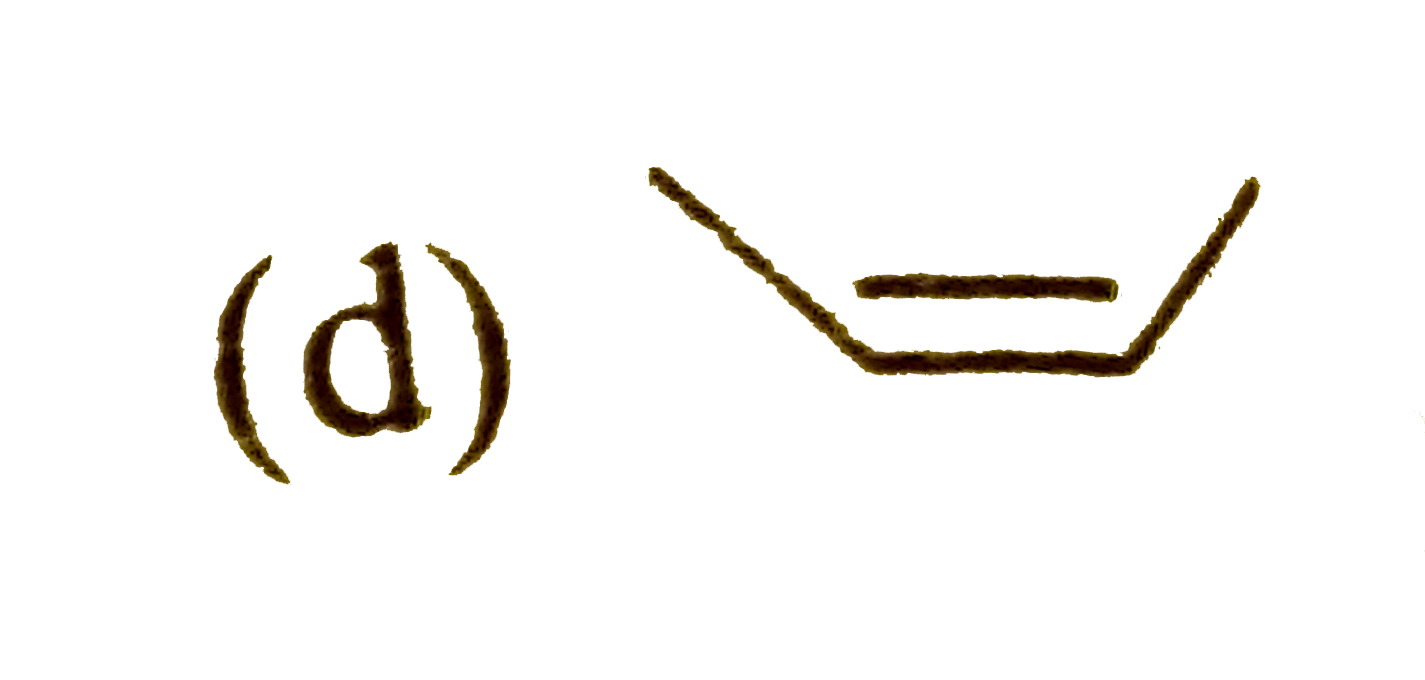
An organic compound (A) C5H10O2 reacts with Br2 in presence of phosphorus to give (B). Compound (B) contains an asymmetric carbon atom and yields (C) on dehydrobromination compound (C) does not show geometrical isomerism and on decarboxylation gives an alkene (D) which on ozonolysis gives E and F. Compound (E) gives positive Schiff test but (F) does not.
Identify correct structure of A:A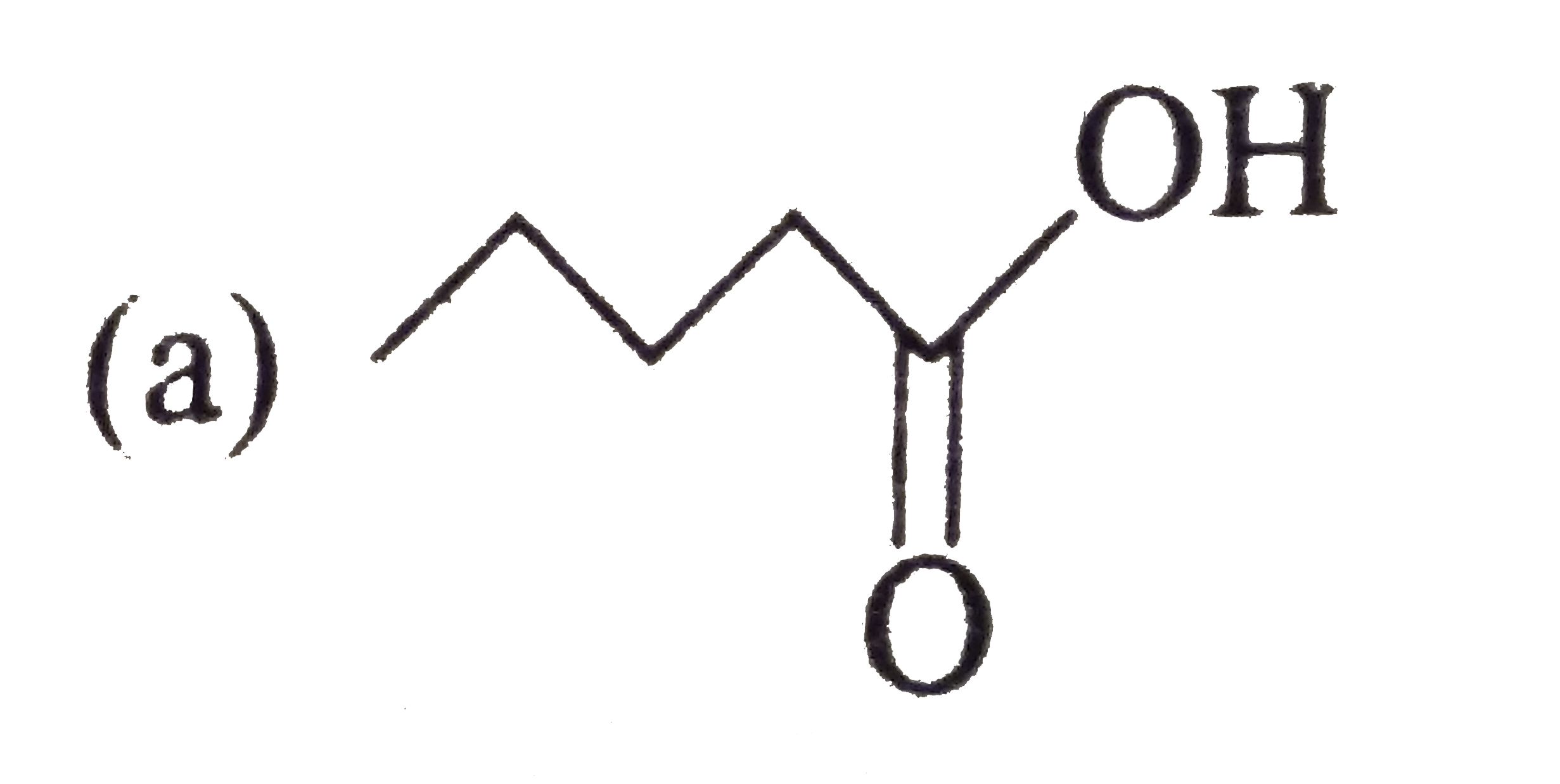 B
B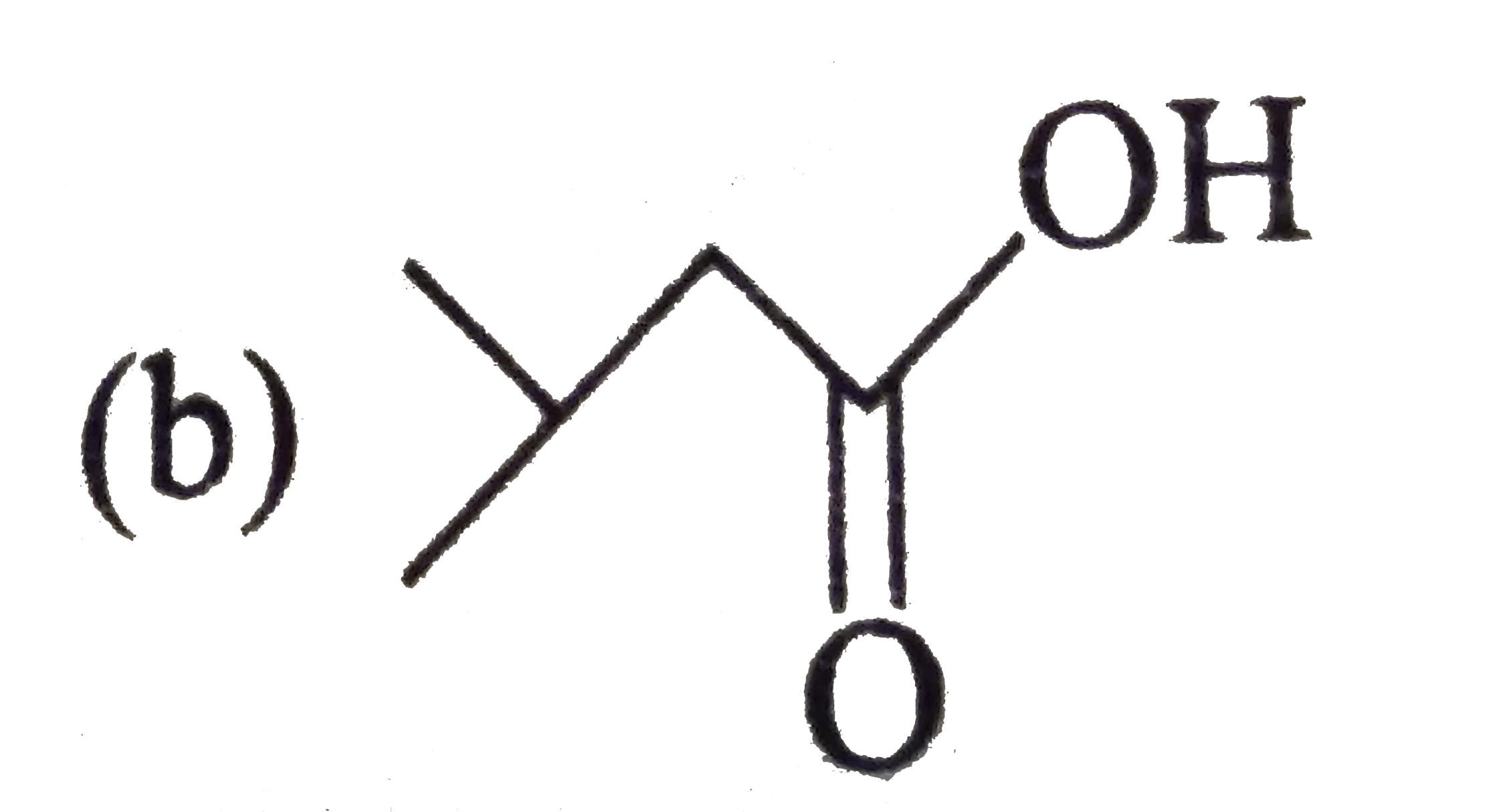 C
C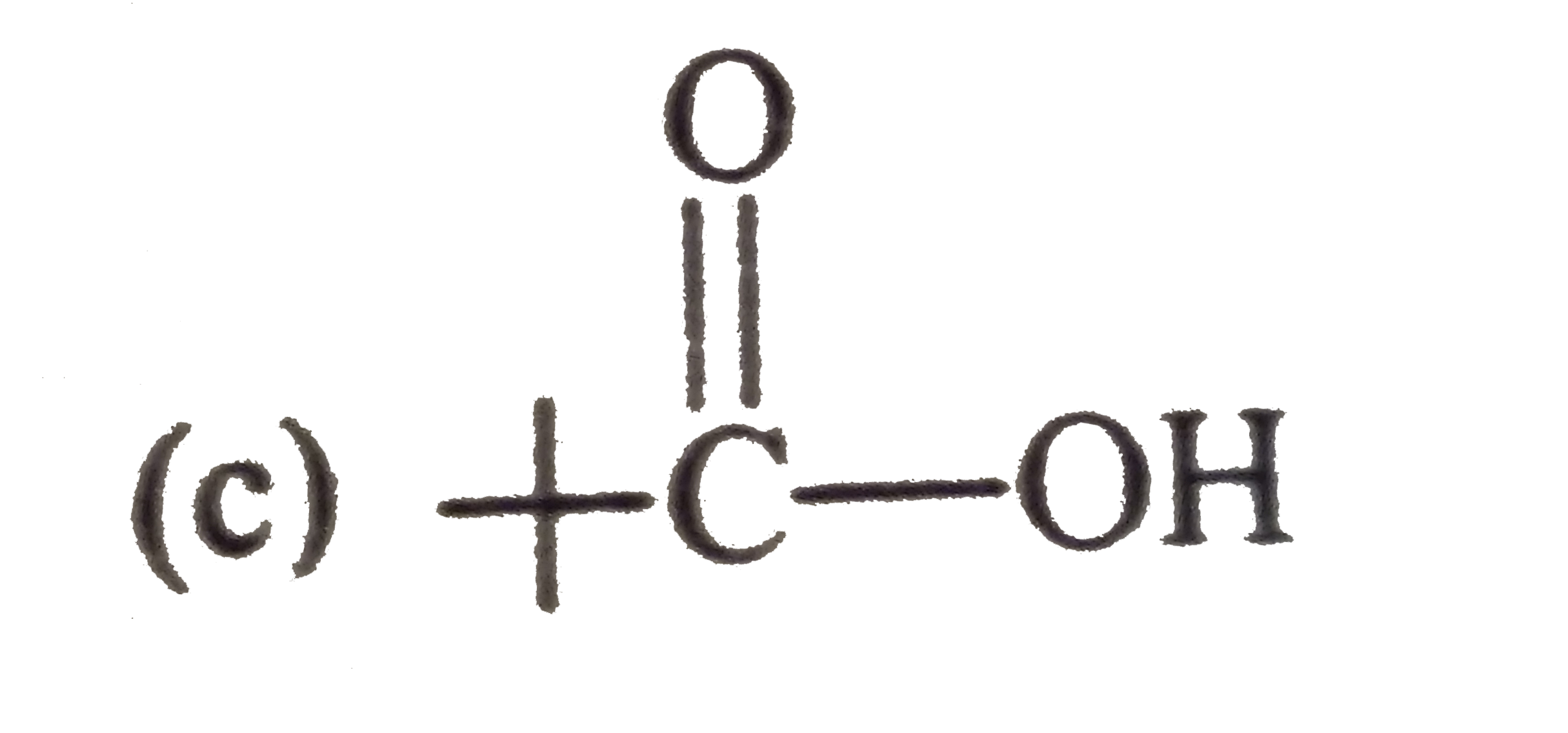 DNone of these
DNone of theseAn organic compound (A) C5H10O2 reacts with Br2 in presence of phosphorus to give (B). Compound (B) contains an asymmetric carbon atom and yields (C) on dehydrobromination compound (C) does not show geometrical isomerism and on decarboxylation gives an alkene (D) which on ozonolysis gives E and F. Compound (E) gives positive Schiff test but (F) does not.
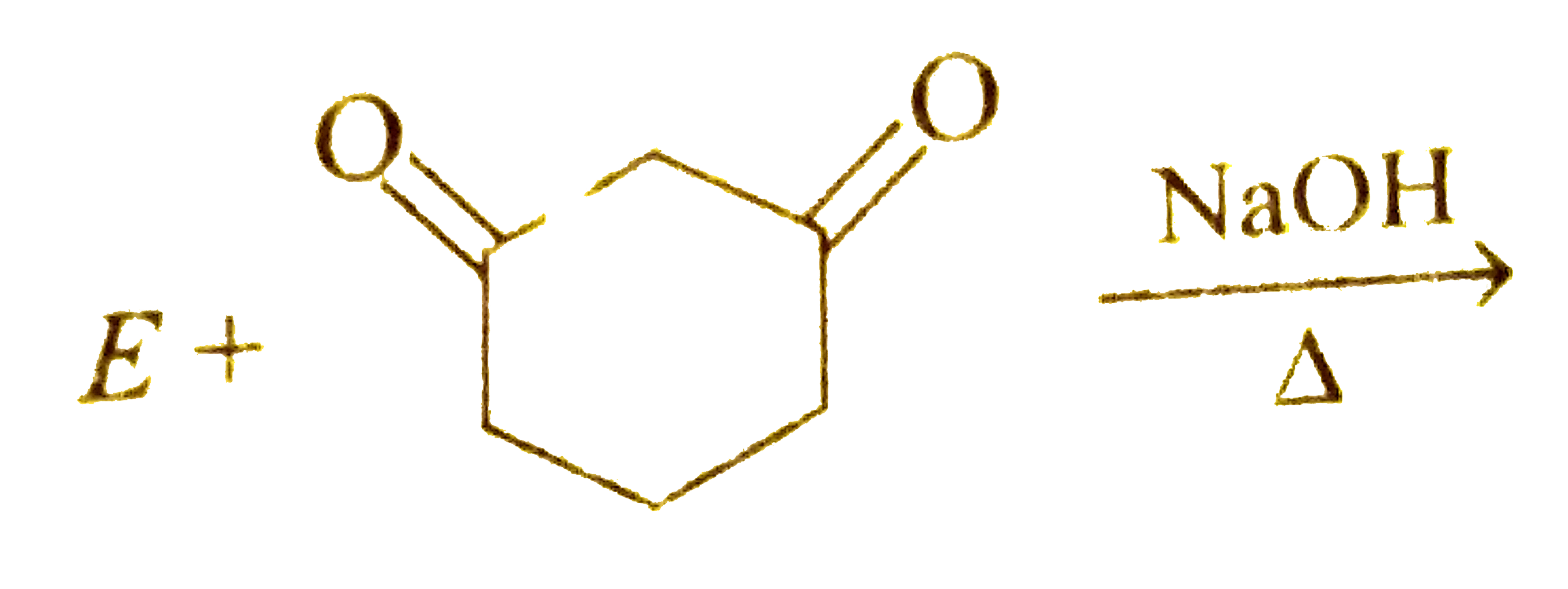 A
A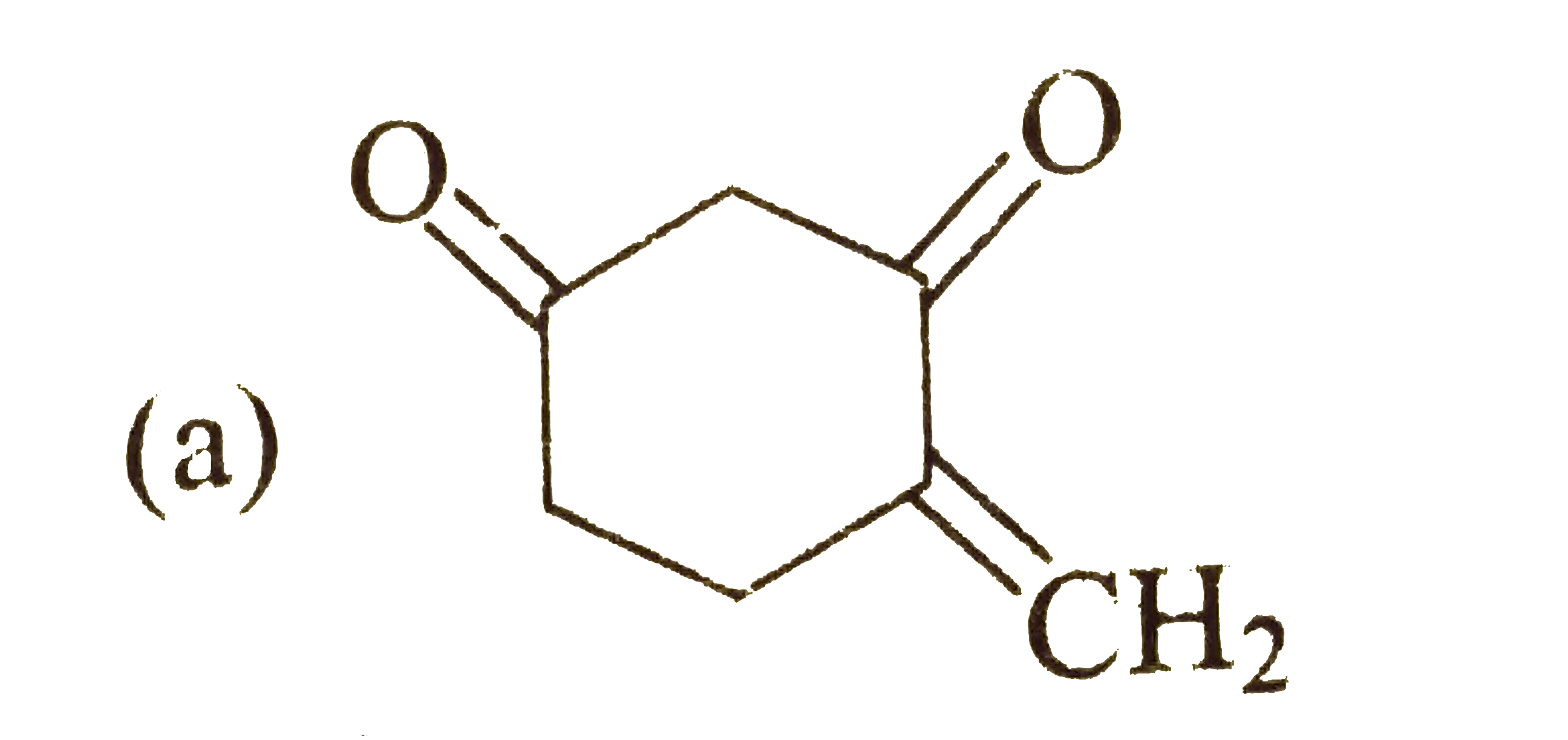 B
B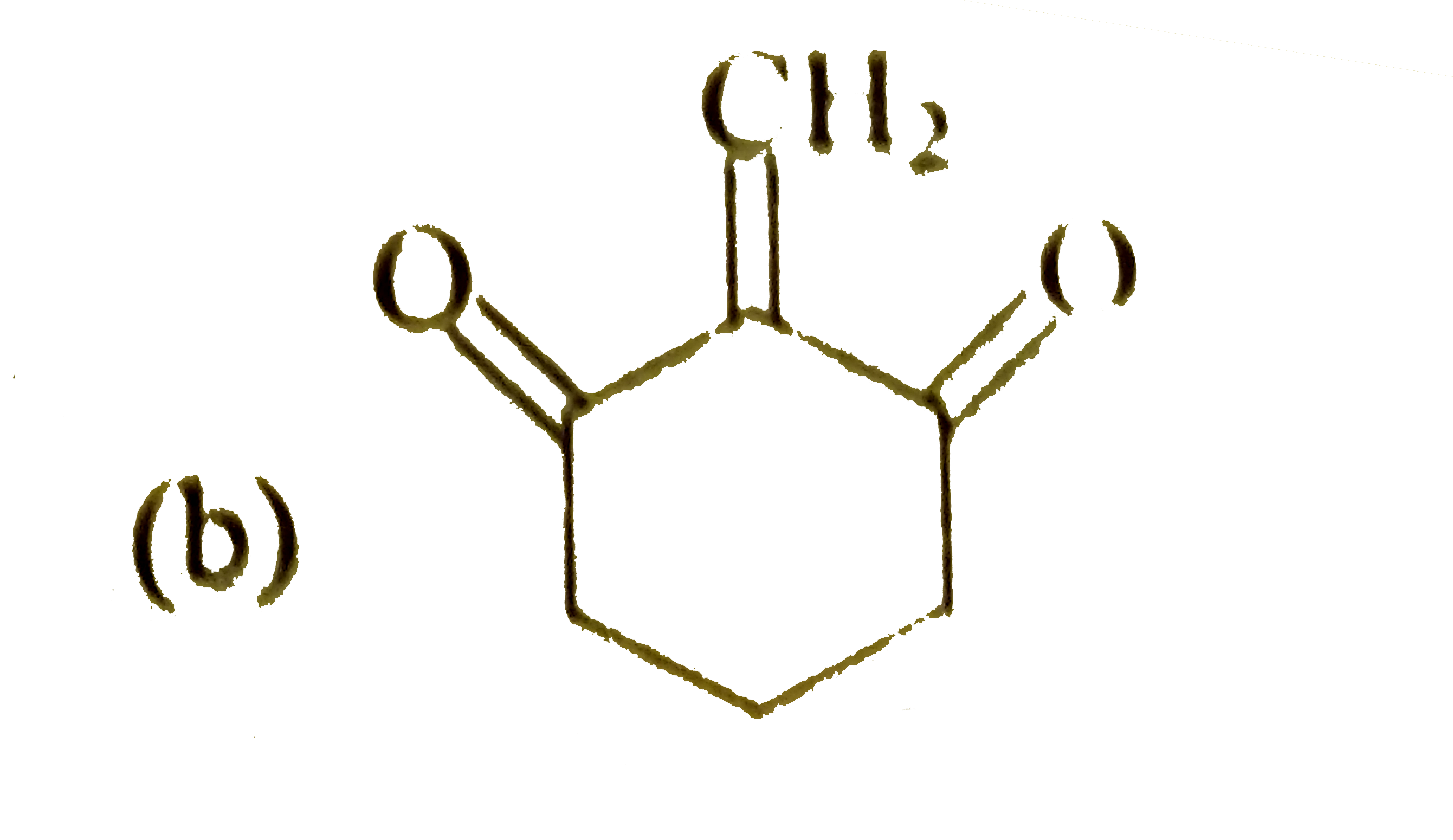 C
C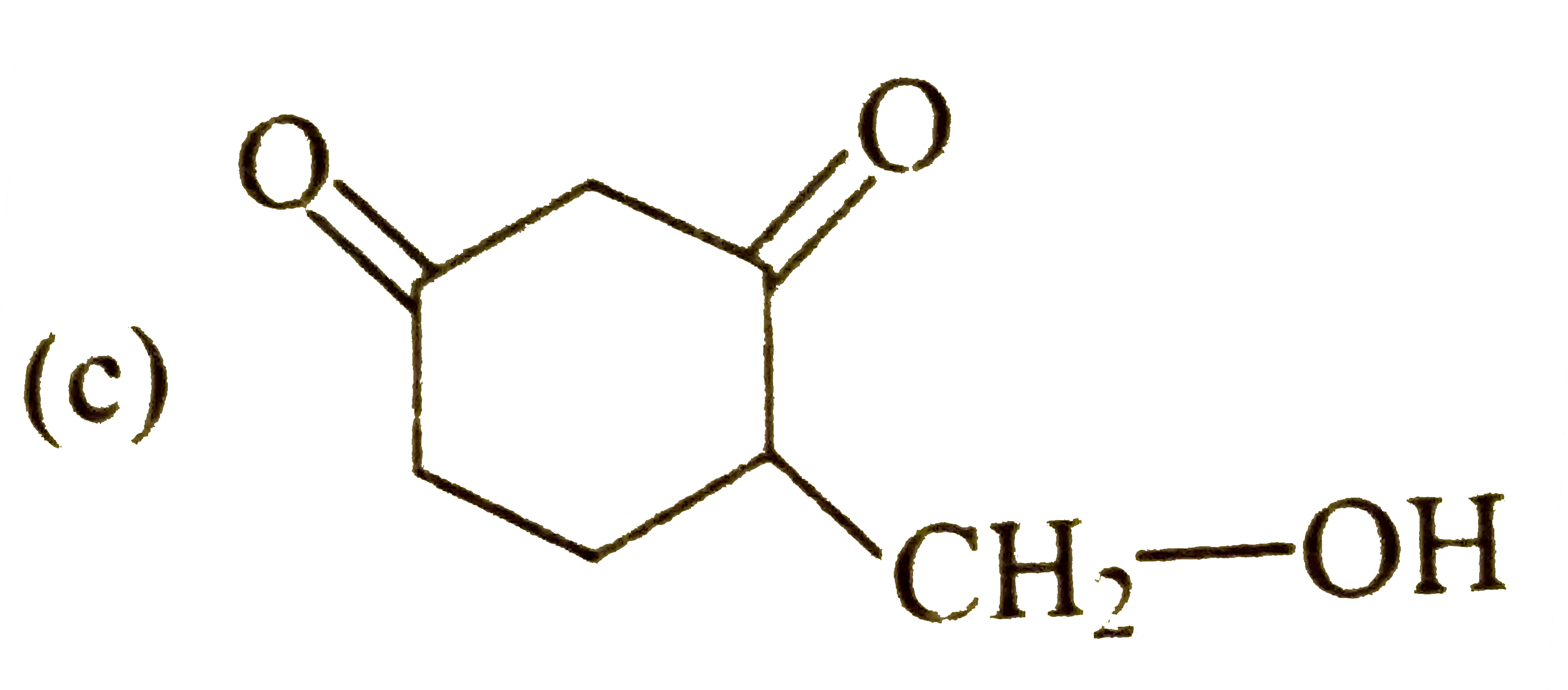 D
D
An aromatic compound (A), C7H5NO2CI2 on reduction with Sn/HCI gives (G), which on reaction with NaNO2/HCI gives (B). Compound (B) does not form a dye with β-naphthol. However, (B) gives red colour with ceric ammonium nitrate and on oxidation gives an acid (D) of equivalent weight 191. Decarboxylation of (D) gives (E), which forms a mono nitro derivative (F) on nitrotion. Give the structures of (A) to (F) with proper reasoning.
View SolutionAn organic compound (A) C5H10O2 reacts with Br2 in presence of phosphorus to give (B). Compound (B) contains an asymmetric carbon atom and yields (C) on dehydrobromination. Compound (C) does not show geometrical isomerism and on decarboxylation gives an alkene (D) which on ozonolysis gives E and F. Compound (E) gives positive Schiff test but (F) does not.

View SolutionAn organic compound (A) C5H10O2 reacts with Br2 in presence of phosphorus to give (B). Compound (B) contains an asymmetric carbon atom and yields (C) on dehydrobromination. Compound (C) does not show geometrical isomerism and on decarboxylation gives an alkene (D) which on ozonolysis gives E and F. Compound (E) gives positive Schiff test but (F) does not.
Find out structure of D:
View SolutionAn organic compound (A) C5H10O2 reacts with Br2 in presence of phosphorus to give (B). Compound (B) contains an asymmetric carbon atom and yields (C) on dehydrobromination. Compound (C) does not show geometrical isomerism and on decarboxylation gives an alkene (D) which on ozonolysis gives E and F. Compound (E) gives positive Schiff test but (F) does not.
Identify correct structure of A:
View SolutionAn organic acid 'A' (C5H10O2)reacts with Br2 in presence of phosphorus to produce a resolvable compound, which on dehydrobromination gives an unsaturated acid. The unsaturated acid does not show geometrical isomerism and decarboxylation gives alkene. Alkene on ozonolysis on gives two compounds, one gives positive Schiff's test while the other does not. The organic compound A is :
View Solution
